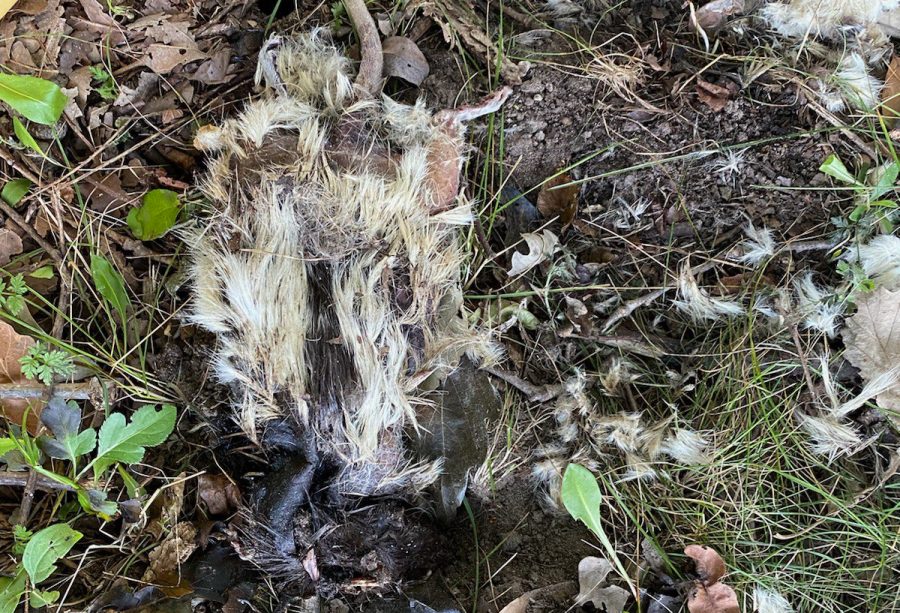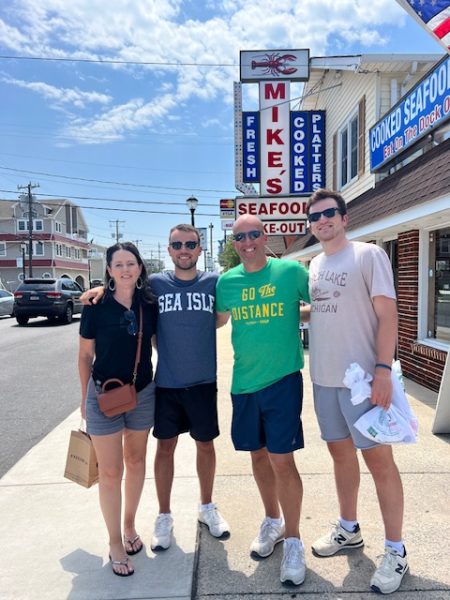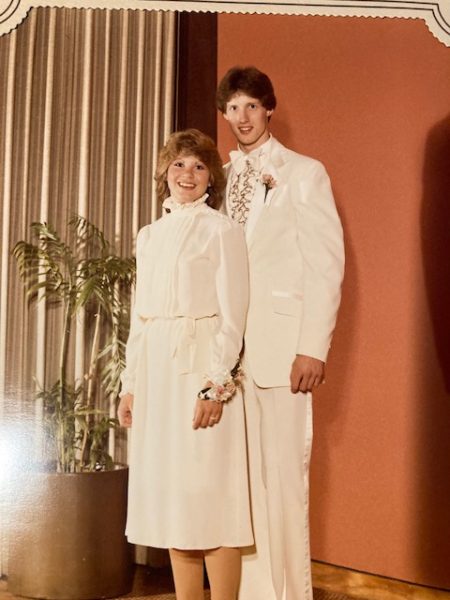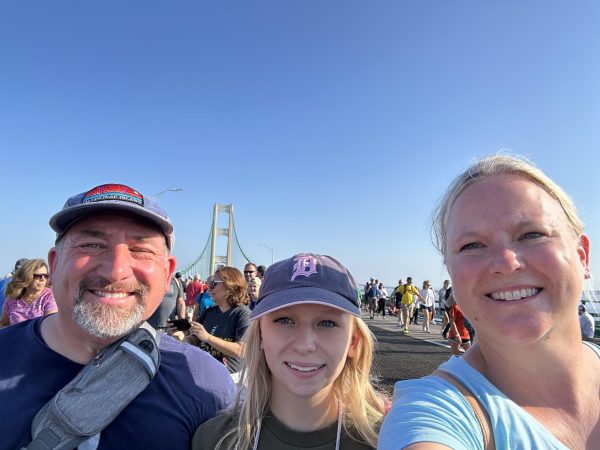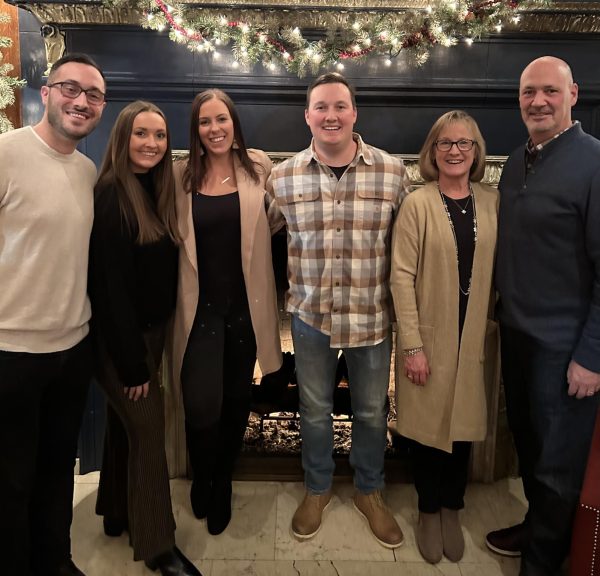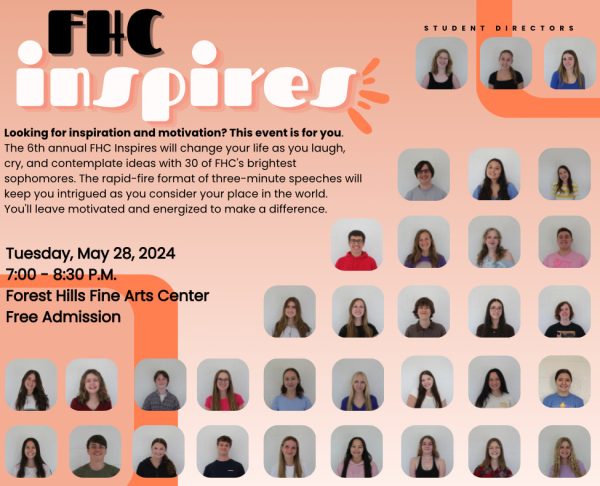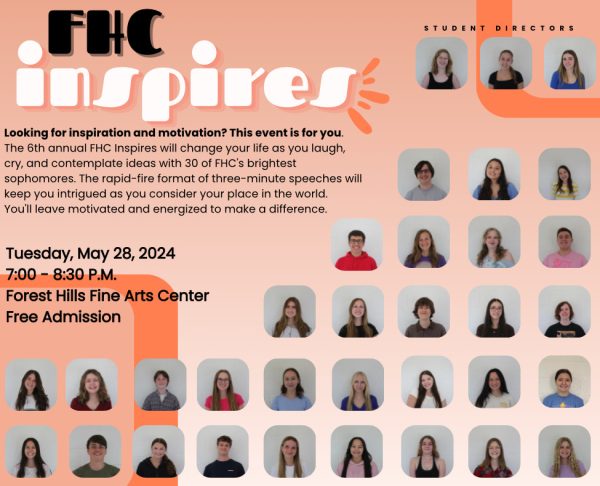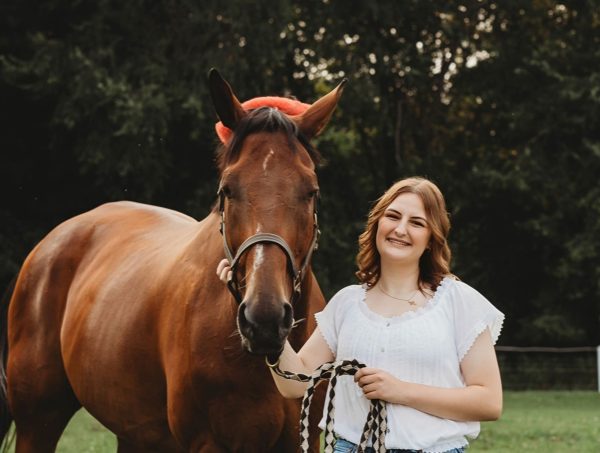The Forensics class has a multitude of learning opportunities
A picture of the deceased rat the students of Forensics were studing
While examining deceased rats is rather disgusting and not a typical science lesson, the study of entomology in the Forensics elective creates an environment for students to learn and grow.
Jon Anderson—the only Forensics teacher—has his students inspecting dead rats and their decomposition stages. He has his slightly queasy students analyze the bugs found on the carcasses and helps them learn more about the stages of death. Though seen as a gruesome lesson to many, senior Theryn Hallock finds it intriguing.
“Looking at dead rats is really gross, but at the same time, really interesting,” Theryn said. “We learned about stages of death and bugs—we focused on insects. It was kind of cool to see what kind of bugs [live on the rats] and how they live and adapt on the dead animal.”
Forensics is a diverting and laid-back class—exactly what Theryn needed her senior year. She initially signed up for the class in hopes of having Joslyn Burnaby as a teacher, but considering Burnaby moved to the middle school, Theryn stayed in Forensics because of her friends and the unique lessons the class has to offer.
According to Anderson, the next lesson the students will embark on involves fingerprints. They will investigate how to distinguish fingerprints and how to connect a fingerprint to a person.
Anderson hopes to accomplish a hands-on learning experience in his class. He believes this helps students stay engaged and excited to learn.
“I think that, in this class, we try to focus on doing more and talking less,” Anderson said. “So, the engagement is really on their participation in the activities that we do.”
Hands-on learning kept senior Olivia Bowling from switching out of Forensics.
Olivia had heard amazing attributes about the class from her friends last year and was excited to experience it herself. The engaging lessons help make the class more entertaining.
“Having a better visual and doing something with my hands helps me take in the information more,” Olivia said. “[It’s better than] just sitting in my seat all hour.”
Another intriguing quality of the class is the fact that it is fueled by the mainstream media. There are many shows about the study or career of Forensics such as Criminal Minds.
Anderson believes this helps students get more excited to take his class. This gives him a chance to show the students the true science behind their favorite shows.
“I think Forensics is a pretty popular thing in mainstream culture right now, [as shown in] shows like Crime Scene Investigation (CSI),” Anderson said. “So [the class] sort of expands upon the mainstream culture of Forensics and gives it a deeper understanding and scientific bases.”
Anderson recognizes that not all students are interested in this specific branch of science, but he still feels the class holds so much importance. Forensics combines many fields of science—such as biology, chemistry, and physics—into one morbid field.
Anderson recognizes that not all students are interested in this specific branch of science, but he still feels the class holds so much importance. Forensics combines many fields of science—such as biology, chemistry, and physics—into one morbid field.
This helps Anderson feel more appreciation for the material and study of Forensics.
Overall, Anderson desires more students to sign up for the class. The class is on the easier side of the electives, yet, as a teacher, Anderson claims it to be a difficult class to teach.
“For a student, [the class] isn’t extremely difficult,” Anderson said. “I’d say [Forensics] is actually on the easy side because it’s a lot of activities. As a teacher, that makes it a lot more difficult to teach because you have to get all the resources together and [have] a lot more organization.”
Anderson always has his students in mind while planning his lessons. He strives for a fascinating lesson. Anderson looks back at his rat lesson and hopes to achieve the same level of participation in every lesson going forward.
Theryn and Olivia both claimed that looking at the dead rats has been their favorite lesson so far.
Though there is so much time left in the semester, Anderson agrees with his two students and hopes more lessons will come and take the place of the fan-favorite lesson. But, he is glad his students enjoyed looking at the rats decomposing.
“So far, it has been a short time with me [as the Forensics teacher],” Anderson said, “but I think [my favorite lesson] has been [investigating] the rats. Everyone was really apprehensive at first; [students said] ‘gross’ or ‘ew.’ It’s been interesting to see [the students’ reaction change]. Now we’re poking [the rats] with a stick or flipping them over and looking at the bugs underneath it. It’s been fun to see growth and become less apprehensive.”

Addy is a senior, and this is her fourth and final year on The Central Trend. Addy's love for writing inspired her to join the school newspaper, and it...





















































































